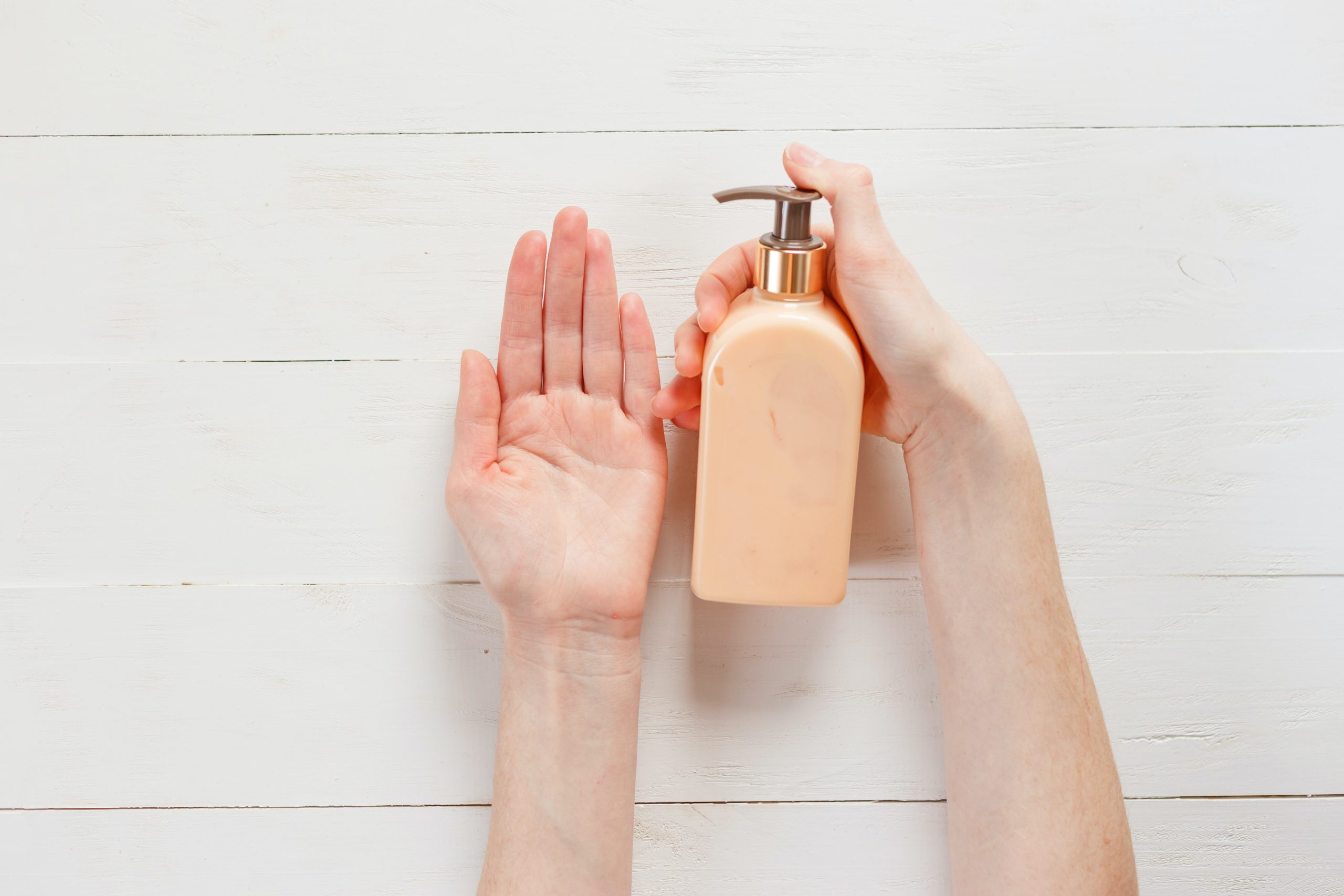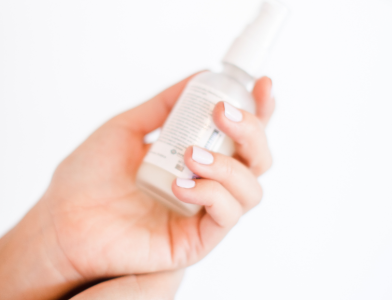If you’re a fan of CeraVe skincare products, you might want to reconsider your choices. As a Toxicologist, I have discovered some alarming information about this brand and many others lining store shelves.
In my latest YouTube video, I show the reasons why you should be cautious about the products you use on your skin. Additionally, I’ll provide some low-tox skincare secrets to help you make informed decisions about your beauty routine.
Here’s what you’ll learn:
- The Importance of Checking Ingredients
- Toxic Absorption Into the Bloodstream
- Popular Mainstream Products With Toxic Ingredients
- 3 Favorite Low Tox Beauty & Personal Care Brands
If you want to watch the full video, press play now! You can also continue scrolling to read more.
Please note this blog post contains affiliate links that allow you to find the items mentioned in this video and support the channel at no cost to you. While this account may earn minimal sums when the viewer uses the links, the viewer is in NO WAY obligated to use these links. Thanks for your support!
The Importance of Checking Ingredients
To understand the potential risks of skincare products, it’s crucial to examine their ingredient lists. Despite marketing claims like “non-toxic” and “clean,” the only aspect that truly matters for product safety is the ingredients themselves. Skincare products can expose us to various chemicals through multiple routes, including the skin, eyes, lungs, and even ingestion. Considering that most people use multiple products daily for years, these chronic exposures should not be overlooked.
Absorption into the Bloodstream
You may wonder how much of these skincare ingredients actually enter your body when applied to the skin. While it is a myth that 60% of what you put on your skin gets absorbed within 27 seconds, absorption into the bloodstream can occur depending on the types of ingredients and the condition of your skin. Factors such as penetration enhancers, hydration level, and location of the skin can influence absorption rates. It’s essential to recognize that the chemicals in skincare products can penetrate the skin and be absorbed into the bloodstream.
Toxic Effects of Skincare Products
Recent studies have shown the direct toxic effects of certain chemicals used in skincare and beauty products. One groundbreaking study revealed that chemicals applied to the skin can directly affect cancer genes and gene expression. Even within a short period of 28 days, switching to products free of parabens and phthalates led to the deactivation of several cancer-promoting genes. The study also found a significant reduction of phthalates and paraben metabolites in the urine, indicating the presence of these compounds in the bloodstream.
Implications for Personal Care Products
The paradigm-shifting findings of these studies shed light on the need for safer skincare and beauty products. Parabens and phthalates, two commonly used chemicals, have been identified as endocrine disruptors that can interact with estrogen receptors throughout the body. The studies demonstrate that the elimination of these chemicals from personal care products can lead to a reduction in exposure to endocrine disruptors. It is essential to understand that it is not about isolating a single ingredient but considering the cumulative effects of various ingredients and chemicals we encounter daily.
Industry Responsibility and Consumer Awareness
Manufacturers should prioritize the safety of their products and conduct thorough testing before introducing them to the market. However, the reality is that profitability often takes precedence over consumer health. In this regard, the United States could learn from the European Union’s approach, where chemicals must undergo toxicity testing before entering the market. Additionally, consumers play a vital role in protecting their health by reading ingredient lists, opting for products free of harmful chemicals, and utilizing online databases to find safer alternatives.
Identifying Problematic Products
To give you a sense of the issue at hand, let’s examine a few examples of popular skincare products. CeraVe Foaming Facial Cleanser, while accessible and affordable, contains methylparaben and propylparaben, both of which are concerning ingredients. Similarly, the CeraVe Daily Moisturizing Lotion includes these parabens, posing potential risks as a leave-on product. Even high-end brands like Tatcha Skincare’s Dewey Skin Cream contain fragrance, which can consist of various endocrine disruptors, carcinogens, and allergens. It is crucial to be aware of these ingredients and their implications
Dr. Yvonne’s Favorite Low Tox Beauty & Personal Care Brands
Earth Harbor
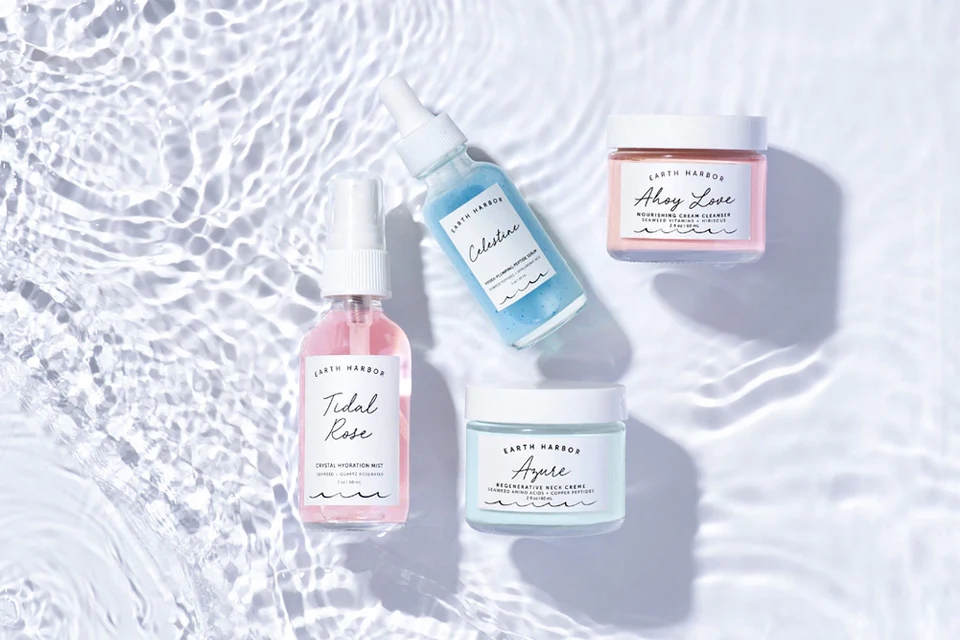
Created by a fellow Toxicologist who is also an herbalist, this brand is truly low tox. These products are gentle, yet effective, and are made with wholesome and organic ingredients. They also prioritize reducing plastic packaging, which is a big plus! My kids love the Mermaid Milk Moisturizer 🧜🏽♀️
Meow Meow Tweet
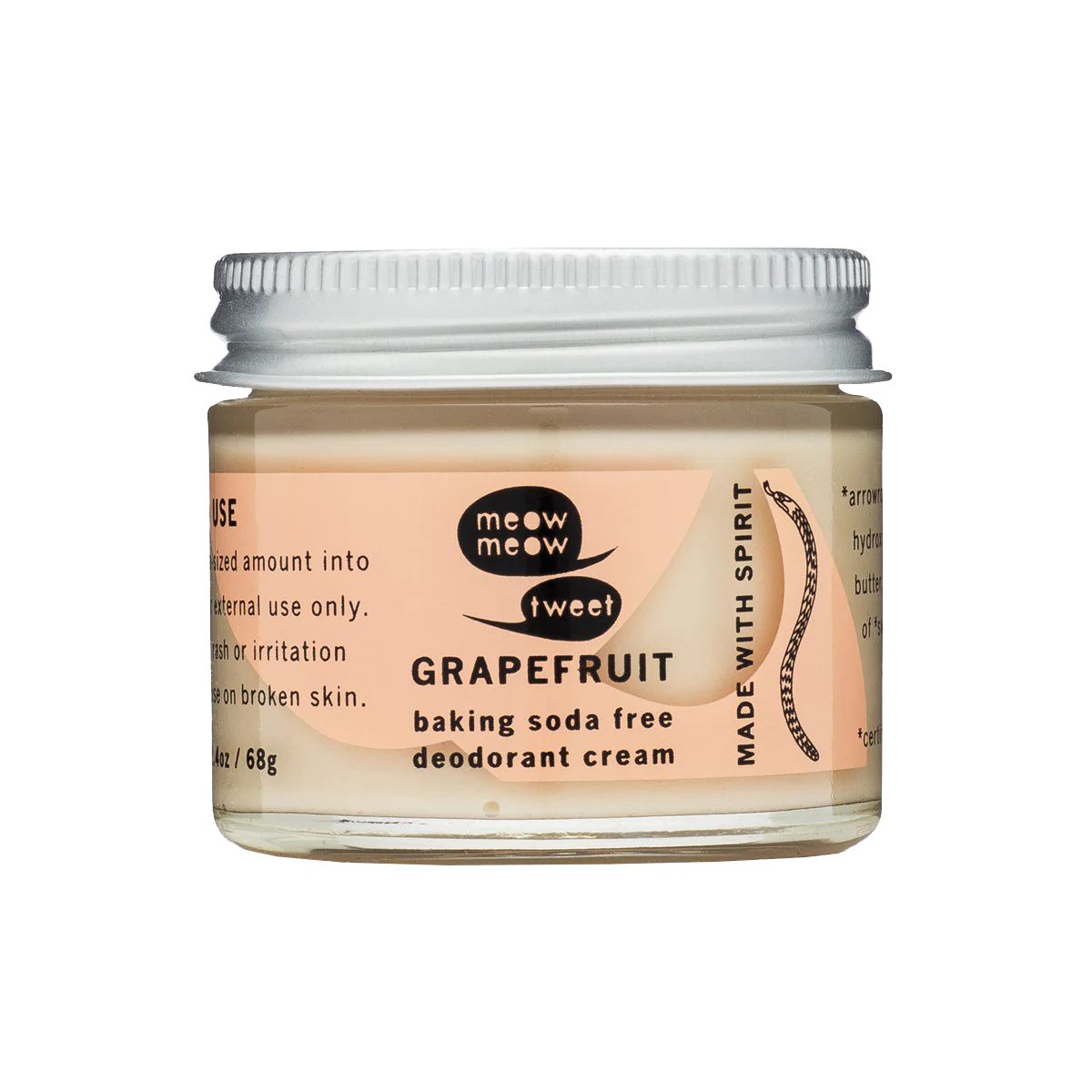
This brand makes one of my favorite cream deodorants that’s also vegan and made with organic ingredients. Meow Meow Tweet deodorants are available with and without baking soda in case that causes irritation on your skin. They make a variety of products for skin, body, and hair that are low waste and plastic-free.
Fit Glow Beauty
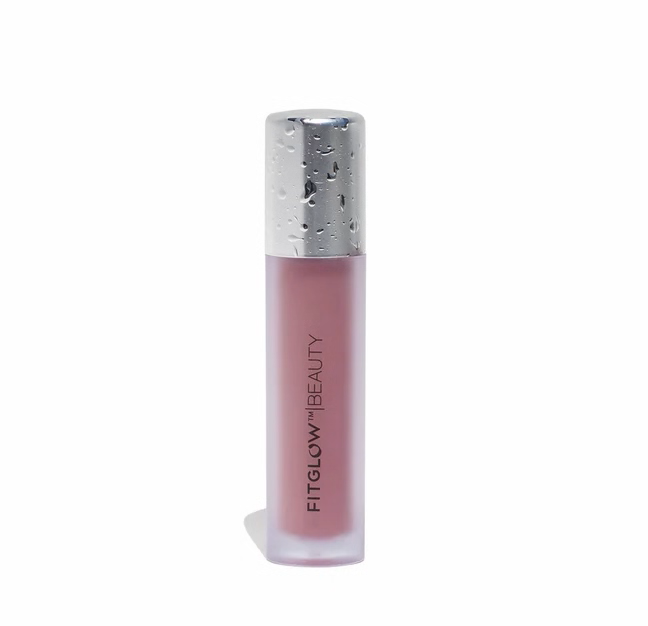
FitGlow Beauty is one of the only brands on the market that has taken drastic measures to remove PFAS from their manufacturing and raw materials. This is my absolute favorite lip serum that’s glossy without being sticky and is made with organic ingredients!
These simple swaps to our daily skin and beauty routine can make a difference in reducing our exposure to toxic ingredients with estrogenic and cancer-promoting activities.

